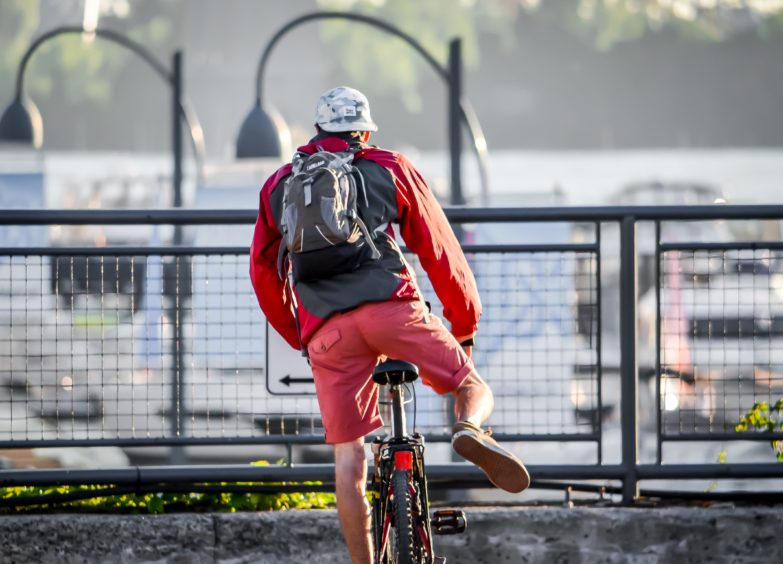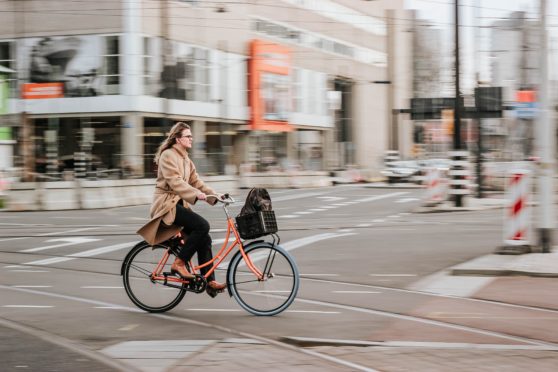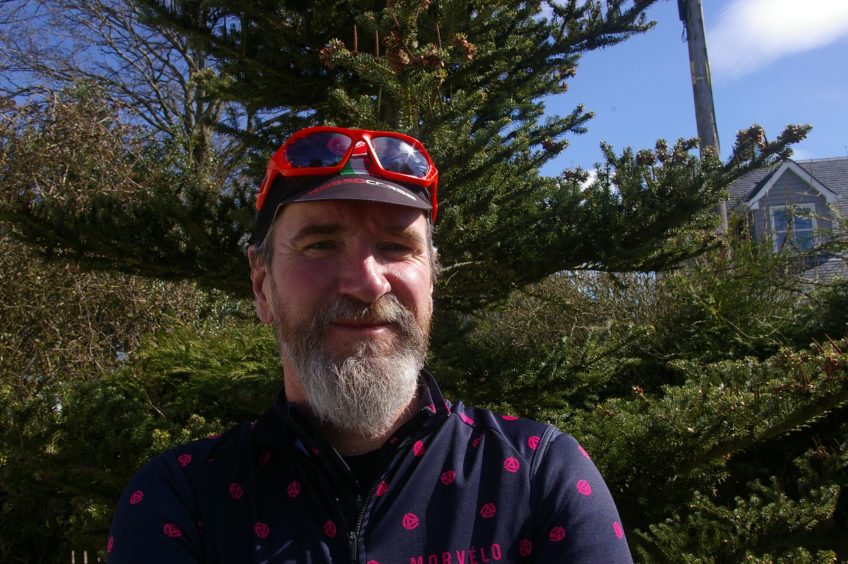There are two forms of cycling: recreational cycling and practical cycling. That’s it, there is nothing more to it than that.
Recreational cycling is by far the more popular of the two varieties, in the UK at least. It covers all disciplines of riding, from mountain bike to track bike and from competitive to just for fun.
Our sedentary lives have led us to a point where, once the activities we did: walking to get from one place to another; fishing to feed ourselves, and so on, have become recreational activities we need to spend money on to have fun and keep active.
This rather perverse turn of events has led us to a point where cycling, the practical kind – used as a form of transport to get from one place to another, is now seen as an unusual distraction for what is considered bikes are really for: fun.

Bikes are generally considered by the majority of the UK population as sporting equipment, rather than a serious form of transport.
This perspective is apparent when you cycle up a mountainside, sweat dripping from your brow with no other purpose than to get to the top, you are engaging in one of the most popular participation sports in the UK.
But when you cycle down to the shops with your empty panniers, ready to fill them with your weekly groceries, you are considered a bit of a “freak” engaging in alternative transport. Why wouldn’t you just take the car?
Recent months have shown us that people enjoy cycling. A marked decrease in traffic on the roads has led to a boom in bicycle sales and local bike shops being overloaded with repairs to bikes pulled out of the shed for the first time in years.
Cities across the world are looking to expand and develop their cycling infrastructure to accommodate more bicycles as people start to realise that pedal-power is an ideal way to get around for reasons other than leisure purposes, especially for short distances.
It is a cause for celebration, given the opportunities and the gentle nudge people are starting to see the benefits of practical cycling. But let’s not get too high on the thought of a two-wheeled utopia.
Old habits die hard and it was notable that as soon as the lockdown measures in Scotland were eased at the end of May, suddenly the traffic on the roads increased 10-fold.
For those who had recently taken to cycling and were lulled into a false sense of security, of idyllic country lanes and quiet city streets, the reality would have come to them as quite a shock.
That’s not to say the roads were any more dangerous than the previous weeks, but the perception of such would have been enough for many to retire their bikes back into the shed and pick up their car keys.
So how do we keep a two-wheeled momentum moving forward? I feel that to proselytise would be counter-productive.
Many people are just not interested in riding a bike and their symbiotic relationship with the buttock-shaped groove in their car seat is too strong.
But there are many others who do want to ride, but small barriers may be the only thing that are stopping them from doing so. Those barriers are often personal, but identifying them and moving them aside may be one pedal stroke forward.
For those of us who cycle regularly, those barriers may be obvious, but we can have a part to play to encourage and support others.
Why not post on your local WhatsApp group or on your social media profile that you have a spare inner tube and can fix that puncture, or you have some oil to free that rusted chain, or even just some words of encouragement to increase someone’s confidence?
It might just be the helping hand that makes the difference between someone continuing to ride, or locking their bike back up in the shed.
Cycling miscellany
Top health facts about cycling to work
• Cycling burns 600 calories per hour
• 20 miles of cycling a week can reduce the risk of heart disease by 50%
• Cyclists, on average live two years longer than non-cyclists
• Cyclists breathe 60% less carbon monoxide than a driver
• Fitness from cycling leads to an improvement of up to 15% in mental tests











